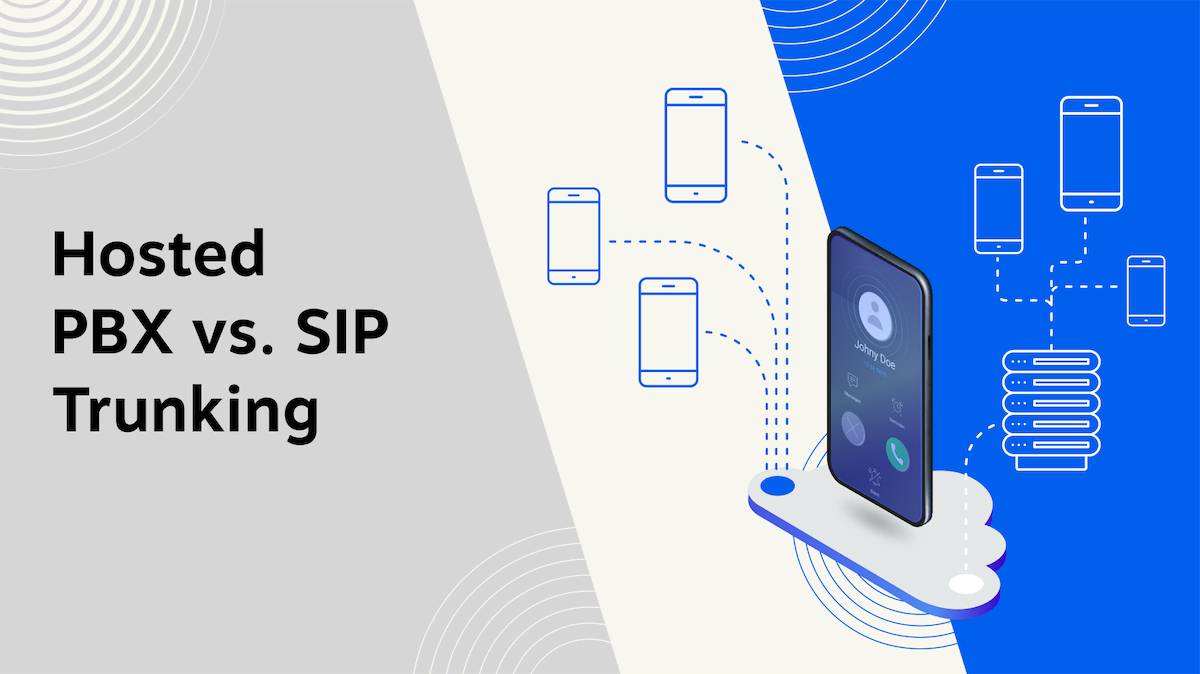
Before we do anything else, let’s break down these chunky acronyms. SIP stands for Session Initiation Protocol. Imagine SIP as the friendly mailman of the internet world—it helps deliver your voice, video, and messaging packages over online networks.
It’s a set of rules that smartly manages the start and end of communication sessions that could include a simple two-way phone call or a groovy multi-party video conference. If you’re especially keen to go even deeper into the mechanics of SIP, checking out resources on websites like mation.com can be incredibly enlightening.
On the flip side, PBX stands for Private Branch Exchange. It sounds like something out of a sci-fi movie, but it’s essentially your own in-house telephone switching system. It lets multiple users (like all the folks in your office) share a certain number of outside lines, meaning not everyone needs their own physical phone line.
PBX can handle the traditional landline calls but has smartly dressed up to manage VoIP calls too. Whether you’re integrating SIP or sticking with a traditional PBX setup, understanding these systems’ inner workings can enhance how your business communicates.
How Does SIP Work Its Magic?

Now, onto the magic tricks of SIP. SIP works with your internet connection to make communication smoother than your morning smoothie.
When you make a call or set up a video conference, SIP jumps in like a boss. It figures out the logistics—like where the other party is and the best way to connect the call. It then uses its tech wizardry to set up the call, manage it, and then wave goodbye when you hang up.
The cool part? SIP isn’t picky about devices. Whether you’re on a smartphone, a laptop, or hiding behind a desk with an old-school desktop phone, SIP has got you covered. It’s like having a universal remote that not only controls your TV but also your air conditioner and your robot vacuum cleaner.
The Inner Workings of PBX

Stepping into the realm of PBX, think of it as the mother hen of phone systems. It’s all about keeping its chicks—aka the phone extensions—under control and connected. Whether it’s directing incoming calls to the right department or handling the frantic, last-minute call rerouting when your boss decides to work from home, PBX manages it all seamlessly.
Traditional PBX systems were like those old telephone operators plugging in cables to connect calls. Modern PBXs, however, are more like a sophisticated computer system that uses the internet to make calls cheaper and more flexible with VoIP technology.
Comparing the Costs
Let’s talk about money, because who doesn’t want to save some greens? Setting up a traditional PBX system can be like buying a new car. It’s a hefty upfront investment—think hardware, installation, and maintenance costs.
SIP, being the clever protocol it is, typically reduces that sticker shock by operating through your existing internet connection. It’s more like paying for a Netflix subscription rather than buying a cinema.
Moreover, SIP can cut down your monthly bills. Since it uses the internet, you can say goodbye to those monstrous charges for international calls. It’s all about data now, and data is cheap.
PBX systems have gotten wiser with incorporating VoIP, but they often still involve some physical installations and maintenance that can add up.
Flexibility and Scalability
If your business is like a speedboat zipping and zooming, needing to scale up or down swiftly, SIP might be your best mate. Adding lines or scaling down is as easy as a few clicks.
No need for new wiring or physical adjustments. PBX systems, especially the traditional ones, require more planning and physical changes, making them a bit of a slower boat to steer.
Features and Capabilities

Both SIP and PBX pack a punch in features. Caller ID, call forwarding, voice mail, teleconferencing—you name it, they’ve got it. However, SIP offers a bit more flexibility in integrating with other software. Since it’s based on modern protocol standards, it plays nicer with your CRM systems and email than traditional PBX systems.
SIP also supports more advanced communication features like video calls, instant messaging, and multimedia, making it a jack of all trades in the communication arena.
Ease of Setup and Maintenance
Now, setting up and maintaining these systems is where the rubber meets the road. PBX systems, especially the more traditional setups, require some serious hardware and can be a beast to install.
You might need a dedicated IT guy or even a whole team depending on the size of your operation. There’s wiring, hardware installations, and regular maintenance to keep everything running smoothly.
SIP, being the newer kid on the block, is typically easier and faster to set up. It often requires minimal hardware, as it can run on your existing internet infrastructure and even be managed remotely.
Upgrades and changes are generally as simple as updating software, and since it’s all handled through software, many maintenance issues can be resolved with just a few clicks.
Reliability and Quality
When it comes to reliability, traditional PBX systems have a bit of an edge because they’re not entirely dependent on your internet connection. This means if your internet is down, your phone system might still be up and running if it’s a hybrid system that also uses landlines.
With the rise of more reliable and faster internet services, SIP’s dependence on internet connectivity is becoming less of an issue.
The quality of your calls can also vary. SIP offers high-definition voice quality, but this can be influenced by your internet bandwidth and network stability. PBX systems generally provide consistent call quality, as they can utilize traditional copper phone lines which aren’t susceptible to network congestion.
As businesses evolve, the demands on communication systems grow too. PBX systems have stood the test of time, providing reliable and centralized communication solutions. They act as the nerve center of business communications, where all calls are routed and managed. This centralization is perfect for businesses with complex internal structures and the need for detailed call logging and management. The capacity of a PBX system to integrate with both traditional telephone lines and modern VoIP technology offers a blend of reliability and innovation, accommodating the diverse needs of today’s businesses.








